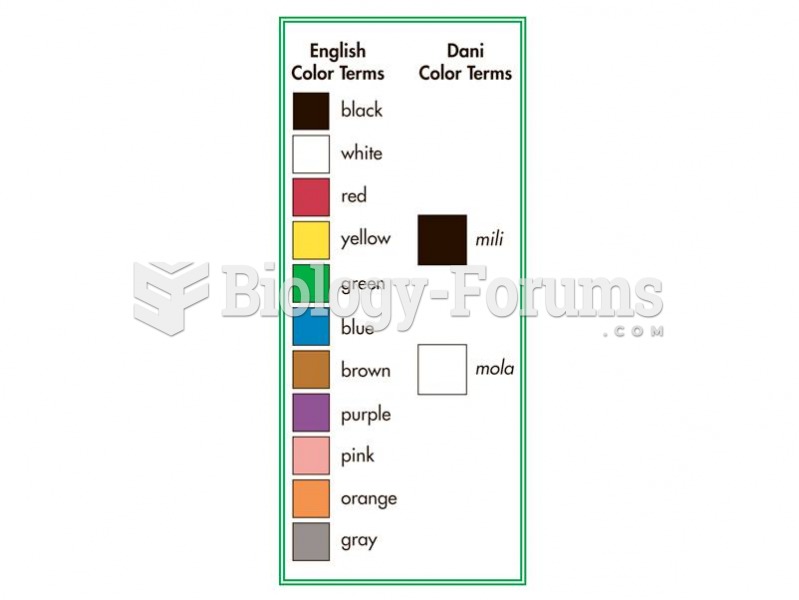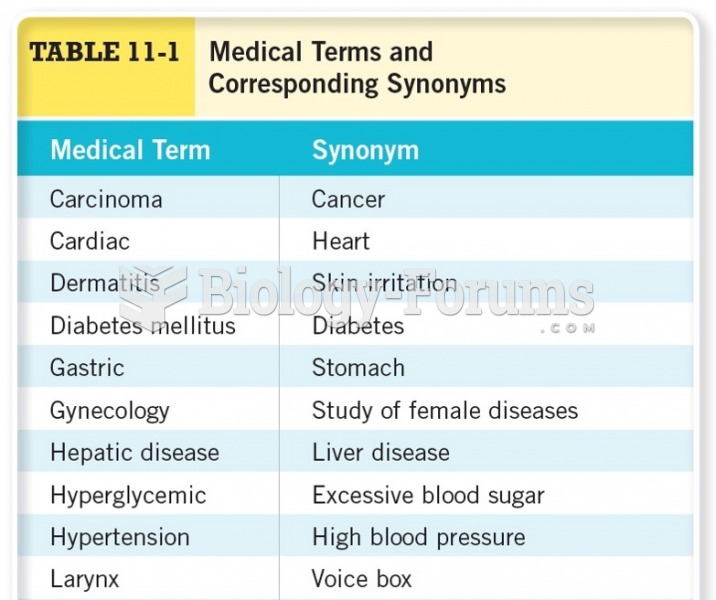Answer to Question 1
The standard covering hazardous waste operations in construction is 29 CFR 1926.65 and is often referred to as HAZWOPER. HAZWOPER gives organizations two options for responding to a chemical spill. The first is to evacuate all employees in the event of a spill and to call in professional emergency response personnel. Employers who use this option must have an emergency action plan (EAP) in place. The second option is to respond internally. Employers using this must have an emergency response plan in place.
Answer to Question 2
MSDSs are special sheets that summarize all pertinent information about a specific chemical. The hazard communication standard of the OSHAct requires that chemical suppliers provide users with an MSDS for each chemical covered by the standard.
An MSDS should contain the following information as appropriate: manufacturer's name, address, and telephone number; a list of hazardous ingredients; physical/chemical characteristics; fire and explosion hazard information; reactivity information; health hazard information; safety precautions for handling; and recommended control procedures.
An MSDS must contain specified information in eight categories:
Section I: General information. This section contains directory information about the manufacturer of the substance, including the following: manufacturer's name and address, telephone number of an emergency contact person, a non-emergency telephone number for information, and a dated signature of the person who developed or revised the MSDS.
Section II: Hazardous ingredients. This section should contain the common name, chemical name, and Chemical Abstracts Service (CAS) number for the substance. Chemical names are the scientific designations given in accordance with the nomenclature system of the International Union of Pure and Applied Chemistry. The CAS number is the unique number for a given chemical that is assigned by the Chemical Abstracts Service.
Section III: Physical and chemical characteristics. Data relating to the vaporization characteristics of the substance are contained in this section.
Section IV: Fire and explosive hazard data. Data relating to the fire and explosion hazards of the substance are contained in this section. Special fire-fighting procedures are also included in this section.
Section V: Reactivity data. Information concerning the stability of the substance as well as the potential for hazardous decomposition or polymerization of the substance is contained in this section.
Section VI: Health hazards. This section contains a list of the symptoms that may be suffered as a result of over exposure to the substance. Emergency first aid procedures are also explained in this section.
Section VII: Safe handling and use. This section explains special handling, storage, spill, and disposal methods and precautions relating to the substance.
Section VIII: Control measures. The types of ventilation, personal protective equipment, and special hygienic practices recommended for the substance are explained in this section.







